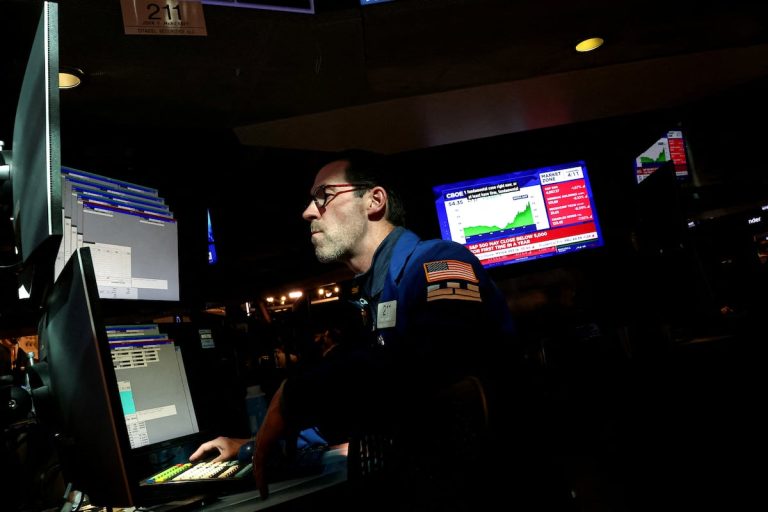The Perilous Influence of Social Media on Financial Markets
The digital age has irrevocably transformed the landscape of financial markets, with social media platforms emerging as both a powerful tool for communication and a volatile source of information. While these platforms offer unprecedented access to real-time market insights and analysis, the increasing difficulty in discerning fact from fiction poses significant challenges for investors, analysts, and policymakers alike. The immediacy and virality of social media can amplify both accurate information and misinformation, leading to rapid and often irrational market reactions. This new dynamic has created an environment of heightened market fragility, susceptible to manipulation and prone to dramatic swings based on unsubstantiated rumors or deliberately misleading content.
The immediacy of social media has been dramatically exemplified by figures like former US President Donald Trump, who frequently utilized platforms like Truth Social to bypass traditional media channels and directly communicate with the public. His pronouncements, often characterized by contradictory and exaggerated claims, have repeatedly sent shockwaves through global markets. Trade relations have been reshaped overnight based on tweets, and investors have reacted with both panic and exuberance, demonstrating the potent, albeit unpredictable, influence of social media on market sentiment. This trend highlights the growing vulnerability of financial markets to impulsive reactions driven by the rapid dissemination of information, regardless of its veracity.
The Bank for International Settlements (BIS) has recognized the growing risks associated with this new paradigm, warning of increased market fragility despite historically high levels of liquidity. The abundance of capital, while facilitating seamless transactions, also carries the inherent danger of rapid market withdrawals in pursuit of safer havens. This can lead to sudden episodes of illiquidity, particularly in the equity and debt markets, amplifying the impact of unexpected events. Investors accustomed to a consistently liquid environment are particularly susceptible to the shock of its sudden absence, further exacerbating market volatility.
Compounding these issues is the rise of automated trading and the dominance of High-Frequency Trading (HFT), which now accounts for a significant portion of all US stock market transactions. These algorithmic systems, designed to react instantaneously to market fluctuations, can inadvertently amplify the impact of misinformation, accelerating both upward and downward trends based on potentially inaccurate data. A prime example of this phenomenon occurred during a tumultuous trading session where a false rumor regarding US trade policy, disseminated via social media, triggered a dramatic intraday swing in the S&P 500. The incident underscored the susceptibility of markets to manipulation and the potentially devastating consequences of unchecked misinformation in the digital age.
The rapid spread of the false tariff rumor through social media platforms, amplified by influential accounts and high-frequency trading algorithms, led to a brief but significant market rally before the information was debunked by official sources. The subsequent market correction, while inevitable, highlighted the speed and scale at which misinformation can impact market behavior. This incident serves as a cautionary tale, emphasizing the need for greater scrutiny and verification of information circulating on social media platforms, particularly when it pertains to market-moving events.
This heightened sensitivity to real-time information has created a paradox. While the instantaneous nature of social media facilitates rapid dissemination of news and analysis, it simultaneously fosters an environment where impulsive reactions and irrational decision-making can prevail. Experienced market participants, cognizant of these dangers, advocate for a more measured approach, urging investors to resist the urge to make hasty portfolio adjustments based on unverified information. This tension between the immediacy of social media and the need for reasoned analysis underscores the challenges faced by investors navigating the complex and often unpredictable terrain of modern financial markets. The increasing reliance on social media as a primary source of information, despite widespread distrust in its reliability, further complicates this landscape, creating a breeding ground for manipulation and market instability. Instances of manipulated news, like the false reports of explosions at the White House or fabricated takeover bids, showcase the vulnerability of markets to deliberate misinformation campaigns. These events not only erode investor confidence but also underscore the need for regulatory oversight and robust mechanisms to combat the spread of false information in the digital sphere.


